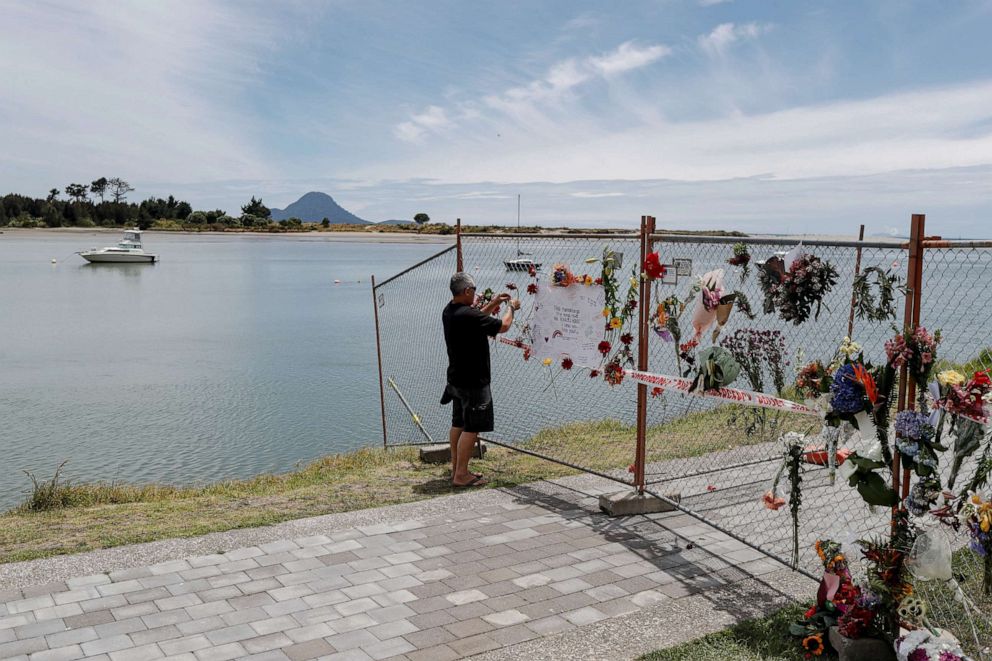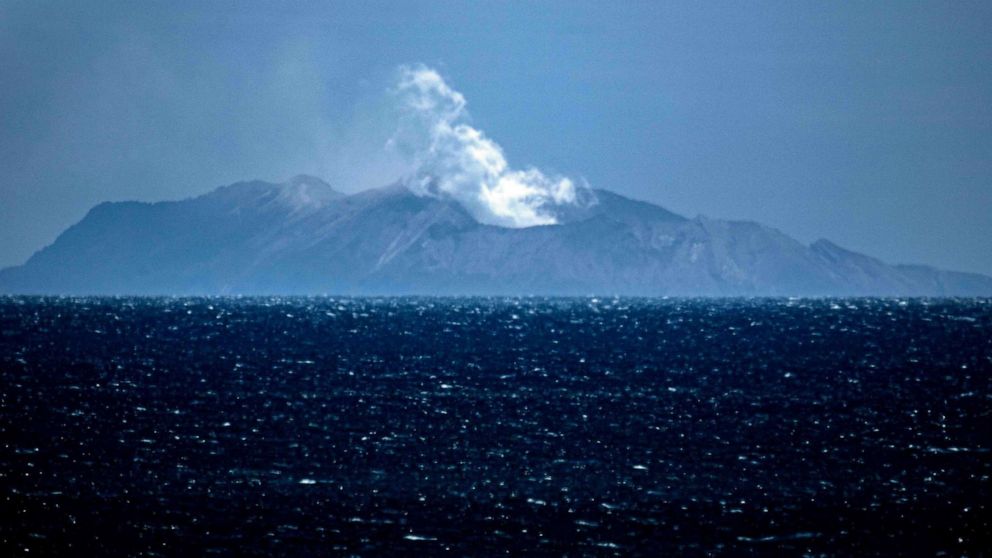Agony persists in aftermath of New Zealand volcanic eruption: Reporter's notebook
Night has fallen here in New Zealand and a sense of agony persists.
Our team got our closest look yet at the awe-inspiring volcano that became a scene of horror. Amidst choppy waters, we could see -- with stunning clarity -- thick plums of steam spewing out of the vents along the Whakaari/White Island’s crater. It’s the area where dozens of people were injured and killed in Monday afternoon’s eruption.
The volcano is captivating. Immediately you understand the allure of the place and why so many people from all over the world come here. A 5-mile exclusion zone is still in place around the island.
The agency that monitors the volcano says the chance of another eruption in the next 24 hours has elevated to 40-60%, citing increasing volcanic activity throughout the day today.
New Zealand is a nation in pain. It’s unclear how this tragedy is going to impact coveted tourism, but in the town of Whakatane, New Zealand, that is the last thing on anyone’s mind. A memorial is growing much like the one we saw at the Port of Tauranga. People are leaving flowers to honor the dead.

All indications are that the death toll could climb even higher as dozens of people fight for their lives in hospitals across the country. Many of the injured suffered burns over 30% of their bodies. Some as much as 90%.
Officials revealed that 22 people are on airway support at area hospitals and that acid from the eruption makes treating the injuries more difficult. Whakatane Hospital staff are quoted in local media as saying that victims' skin was so damaged, it was coming off in their hands. Dr. Peter Watson, New Zealand’s chief medical officer, said that an additional 1.2 million square centimeters of skin will be needed to treat patients; adding that the supplies are coming from the U.S.
For several of the injured survivors, doctors say their recovery is going to take months…
The bodies of those left at the site still have not been recovered.
ABC News' Anna Thomas contributed to this report.




